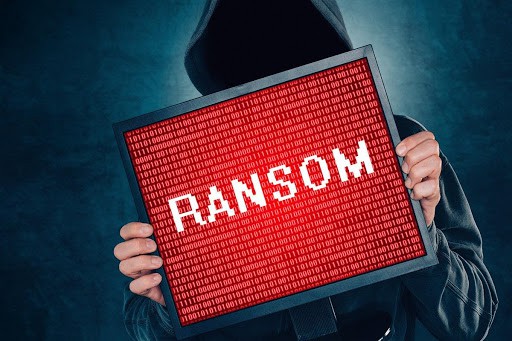
By 2019, the number of ransomware attacks launched was 188 million. While there is a plethora of malware, ransomware has been increasing in popularity and causing immense damage. Companies are parting with a lot of money to get access to their data, and the ones that are unable to pay the ransom are forced to halt their operations; thus, hurting their bottom line.
Understanding what ransomware is and taking the necessary steps in preventing it from attacking your business will ensure its survival, protect its reputation, and protect your business finances. Here are some tips that will help you protect your network from a ransomware attack.
-
Encryption
File encryption is among the most used strategies by most corporations to prevent extortion from cybercriminals. Hackers hold sensitive data ransom, and for you to retrieve it, you need to give them money. Most of the cybercriminals get access to this data during communication between users.
Encrypting data will render the data useless to hackers as they will not be able to read it during a man-in-the-middle attack. Encryption also makes it difficult for malware to detect data and attack. Encryption will give you control over your security and also block malicious users from taking control of your data.
-
Use VPN
70% of the people in the world work remotely every week. This means that they work with public WiFi every week. Cybercriminals are leveraging this fact to attack. Public WiFi provides an arena for snooping, and the chances are high that the shared network is full of infected PCs. This puts your network at risk, and that is why VPN is recommended.
While on its own, it can’t work to ward off ransomware completely, but it allows you to surf through secure servers. It also provides encryption, which provides you with privacy against snoopers that might be within the network.
-
Stay prepared
One of the best ways to protect your system or network from malware is by staying prepared. You may have all the strategies in place but miss something that will serve as an entry point for ransomware. It is essential to have a plan in place in case of a successful attack. Have tools to protect your endpoints such that if ransomware manages to go through, it does not cause too much damage. Having ransomware removal tools in place is also vital to prevent the attacks from causing irreversible damage.
-
Have a recovery plan
Understanding the motive of a ransomware attack will go a long way in helping you identify what the best recovery plan is. Attackers look to deny you access to your data such that you are stranded and easy to extort. If you have a backup, then a ransomware attack will not hurt your business much.
The best recovery would, therefore having a data backup and restore plan. The best strategy is to have data in three copies; two of the copies should be indifferent medium and stored onsite, while the other copy should be stored offsite. In case of an attack, you will be hard to extort as your operations can carry on with the extra data you have.
It is recommended that you regularly test your data restoration, as sometimes data is compromised. Keep in mind that information is only as good as the last restoration.
-
Do not open untrusted emails
Most of the ransomware attacks are launched through phishing emails. You should, therefore, be careful with opening emails. Only emails from trusted sources should be opened, and suspicious attachments should be avoided. Most hackers target employees when sending phishing emails, and it is essential to create awareness on this and train your employees to decipher emails that are not from trustworthy sources.
Email sandboxing is also an excellent strategy to prevent ransomware from accessing your system. An email sandbox is a virtual environment that filters emails, only allowing the virus-free ones to reach your inbox. Through sandboxing, you can be guaranteed that malicious attachments do not get anywhere close to your inbox.
-
Ensure that your programs and operating systems are updated
Keeping all your systems updated will keep away viruses, including ransomware. Outdated operating systems and programs have vulnerabilities that hackers take advantage of to get into your system. Software updates come with security patches that can protect your network or system from hackers.
Look out for software update notifications and act on them; you will be protecting yourself from potential attacks.
-
Use antivirus software
Installing antivirus software will add an extra layer of security. Together with the other strategies, you are going to have a foolproof ransomware prevention strategy. Antivirus software’s job is to oversee every file that enters into your PC and ensures that it is clear of any viruses.
An antivirus will scan files coming into your computer, detect ransomware, and alert you if anything is malicious. Antivirus software should also be updated like other software to ensure that it is effective.
-
Do not share removable devices
Using USBs from untrusted sources and sharing removable devices exposes you to the risk of getting ransomware attacks. Viruses can be transmitted from one computer to another using removable devices, and you should be careful with the USBs you use. Having an antivirus will help scan the USB for any viruses before it is allowed access to your files.
Conclusion
If you are a victim of a ransomware attack, do not give in to extortion. Even if you pay, there is no guarantee that the attackers will allow you to access your files. More so, you will encourage their behaviour and also fund their malice.
Avoid downloading files from untrusted sources as they could be infected. New ransomware is rolled out every day, and businesses need to stay vigilant with securing their information. Installing antivirus software, doing regular software updates, and having a data backup and recovery plan will go a long way in ensuring that these attacks do not take your business down.